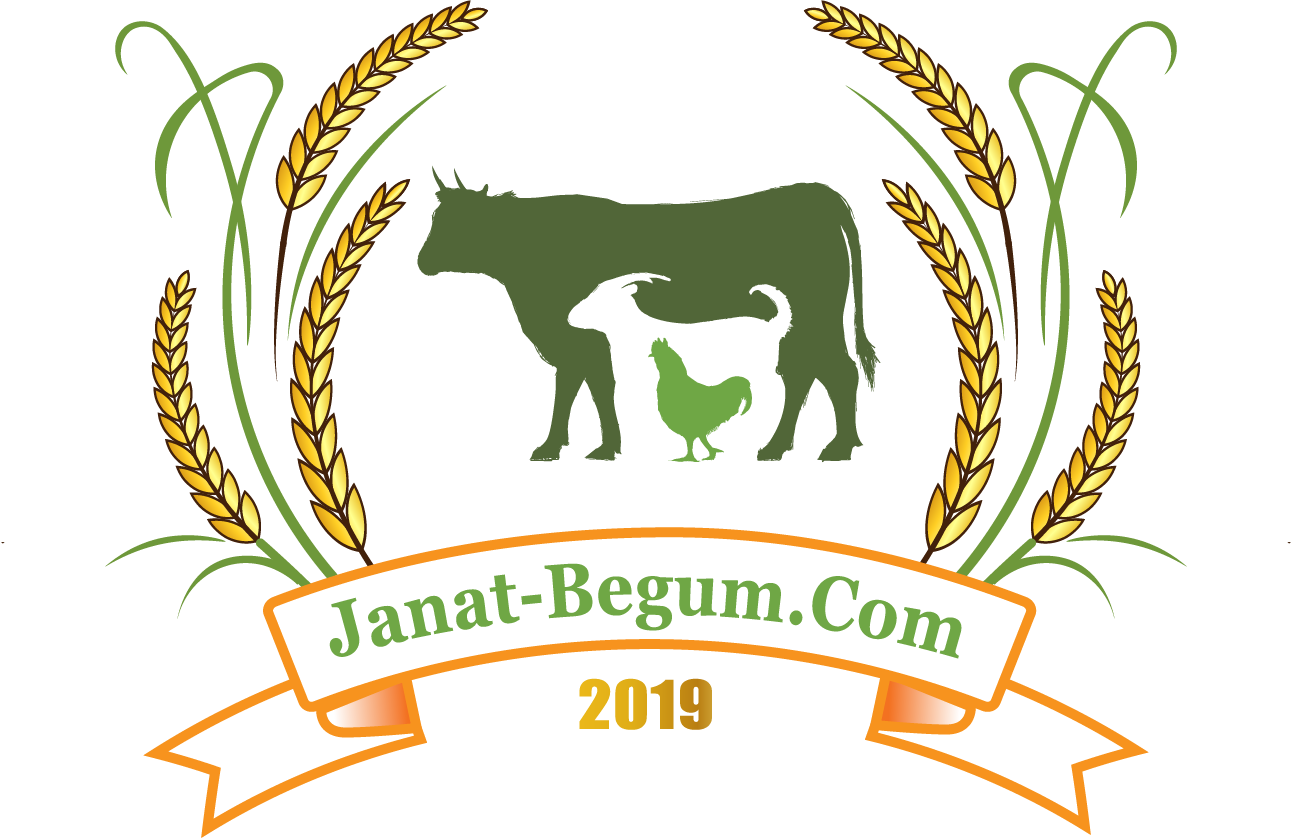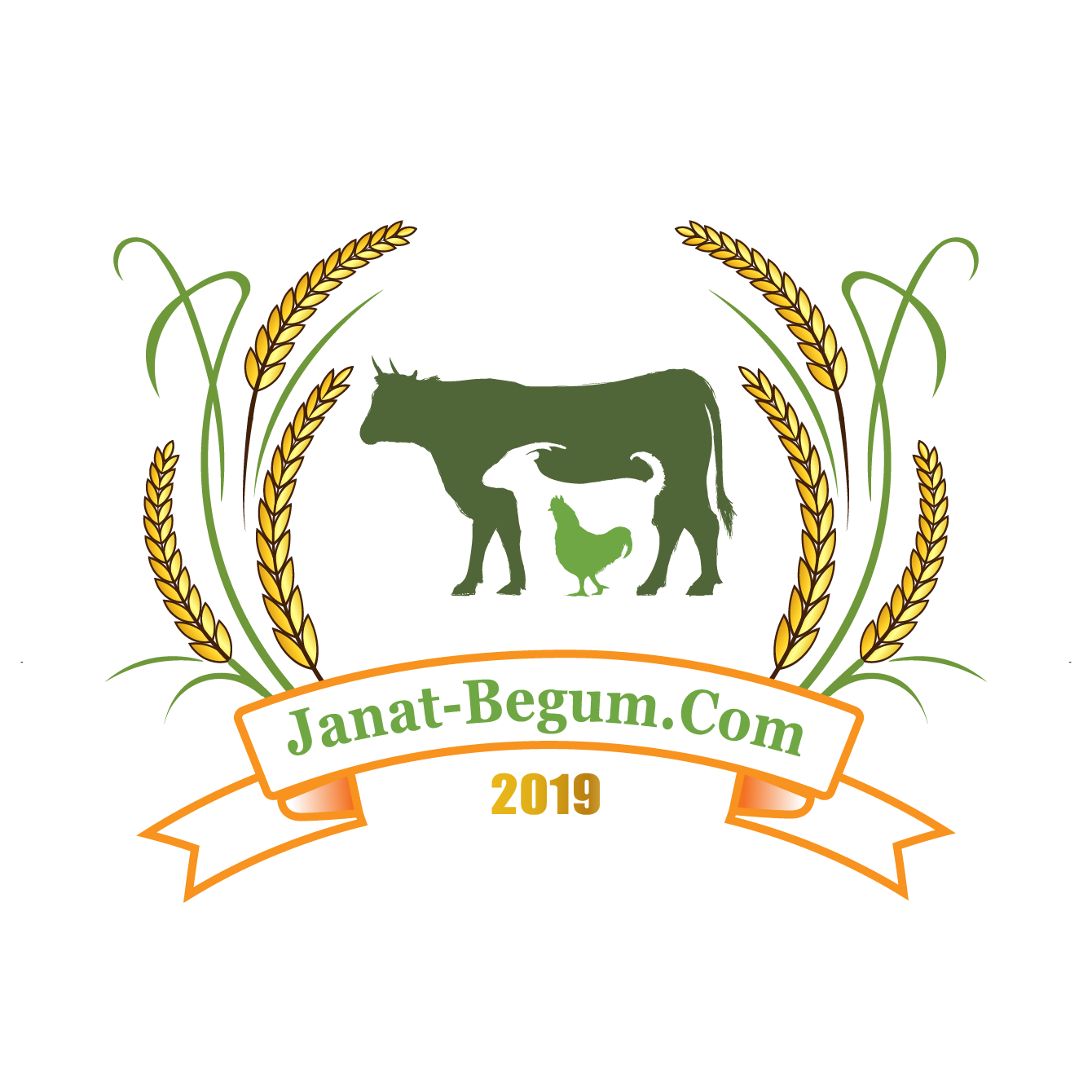Biofloc fish farming is an innovative and sustainable aquaculture technique that focuses on enhancing water quality and providing supplemental nutrition to fish through the cultivation of beneficial microorganisms, known as bioflocs. This method creates a controlled environment where the natural waste from fish, such as ammonia and organic matter, is converted into protein-rich biomass that can be consumed by the fish, effectively recycling nutrients within the system.
How Biofloc Fish Farming Works:
- Microbial Growth: Biofloc systems introduce a carbon source (like molasses or starch) into the water to promote the growth of heterotrophic bacteria. These bacteria consume organic waste and ammonia, converting them into microbial protein and floccules, which are aggregates of bacteria, algae, and other microorganisms.
- Nitrogen Utilization: The microorganisms convert harmful nitrogen compounds (like ammonia) into less toxic forms, which are then incorporated into the microbial biomass. This process helps maintain water quality by reducing the accumulation of toxic substances.
- Fish Nutrition: Fish can consume these bioflocs directly, which provides an additional source of protein and other nutrients. This reduces the reliance on external feed and lowers overall feed costs.
- Aeration: Continuous aeration is necessary to keep the bioflocs suspended in the water and to provide sufficient oxygen for both the fish and microorganisms. Aeration also helps in mixing and maintaining uniform water quality.
- Monitoring: Regular monitoring of water quality parameters like dissolved oxygen, pH, and nitrogen levels is crucial to ensure the system remains balanced and healthy for both the fish and the microorganisms.
Benefits of Biofloc Fish Farming:
- Water Quality Management: Biofloc systems help maintain optimal water quality by recycling waste products and reducing the need for frequent water changes.
- Reduced Feed Costs: The consumption of bioflocs by fish supplements their diet, reducing the overall need for commercial feed and lowering costs.
- Sustainability: Biofloc farming promotes resource efficiency by minimizing water use and waste discharge, making it an environmentally friendly option.
- High Stocking Density: The improved water quality allows for higher stocking densities of fish, increasing production without compromising health or growth rates.
- Biosecurity: The controlled environment of biofloc systems reduces the risk of disease outbreaks and minimizes the need for antibiotics or chemical treatments.
Challenges of Biofloc Fish Farming:
- Technical Knowledge: Successful biofloc farming requires a good understanding of microbial management and water chemistry, which can be a barrier for new or inexperienced farmers.
- Initial Setup Costs: The need for aeration equipment, monitoring tools, and infrastructure can result in higher initial costs compared to traditional methods.
- Ongoing Monitoring: Continuous monitoring of water quality is essential to prevent imbalances that could harm the fish or disrupt the microbial community.
- Electricity Dependence: Biofloc systems rely heavily on aeration, which means they require a constant and reliable power source to keep the system functioning.
Commonly Farmed Species in Biofloc Systems:
- Tilapia: Known for its adaptability and resilience, tilapia thrives in biofloc systems and benefits from the additional protein source.
- Shrimp: Biofloc technology is also used in shrimp farming, helping to control ammonia levels and providing a natural food source.
- Catfish: Catfish are another species well-suited to biofloc systems, benefiting from the enhanced water quality and nutritional availability.
Conclusion
Biofloc fish farming represents a sustainable and efficient approach to aquaculture, leveraging natural processes to improve water quality and reduce feed costs. By creating a balanced ecosystem within the farming system, biofloc technology supports high productivity, enhances fish health, and minimizes environmental impact, making it a valuable method for modern aquaculture operations.

